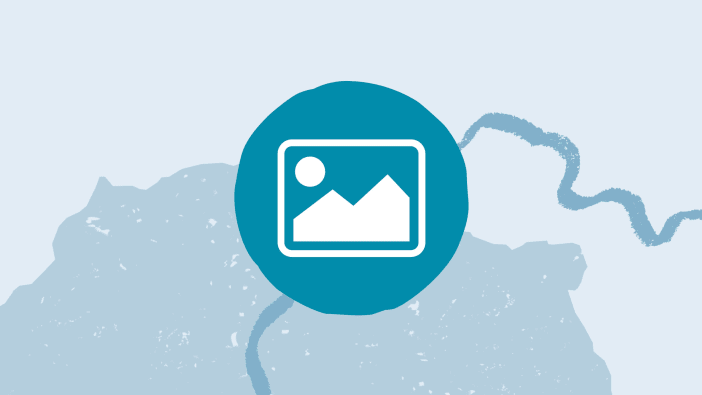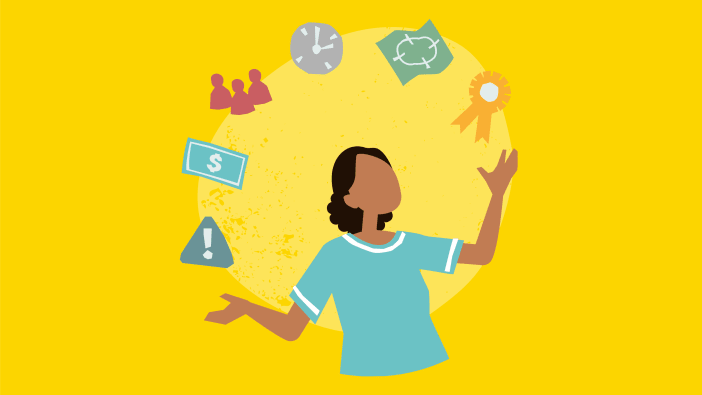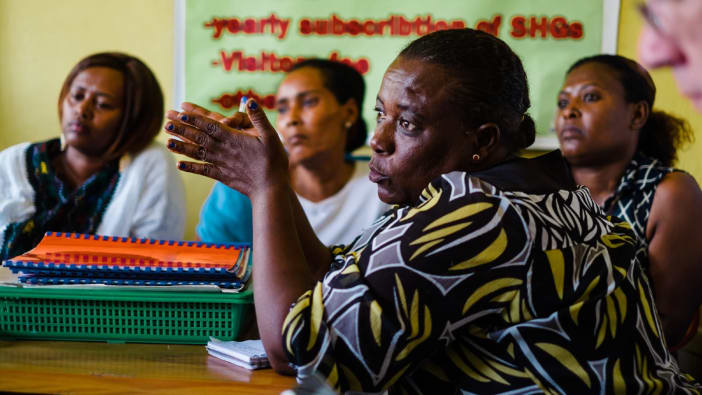All community workers, whether in health, agriculture, education, etc, will constantly be involved in situations where they need to co-operate with other people. This may be with individuals - the village head, a midwife, farmer or religious leader, or with groups, or with co-workers.
Co-operation means working together with a common goal, a concern for each other and a common understanding of each other’s needs. This is a simple exercise that is designed to encourage working together as a team.
Objectives
- To learn more about the importance and advantages of working together.
- To understand what will help good co-operation and what will prevent good co-operation.
Materials
Coloured felt pens, large sheet of paper for each person, plenty of table space.
The Activity
Divide people into groups of four to six. Each group should sit together. It is very important that people do not discuss what they are doing!
Give each person a sheet of paper and ask them to begin drawing a picture of their own choice. After a few minutes, ask them to stop drawing and pass their piece of paper onto the next person. Each person should then continue with the incomplete drawing that they receive.
Repeat this process until each person has their own original drawing.
Give each person time to look at their own drawing.
Discussion
These are some points which can be brought out - you may think of others, especially if you were watching people as they took part in this activity.
- When you added to someone else’s drawing, did you understand what that person was trying to draw?
- Were the additions to your picture appropriate and relevant?
- Is your picture better or worse than you had hoped? Why?
- How did you feel if the picture you wanted to draw was changed?
- Why did you feel that way?
- What did you do if the picture you received was almost complete? How did you feel?
- How did you feel if the picture you received had just been started?
- Was anyone afraid to add to a picture? Why? Did anyone find it difficult to add to a picture? Why?
- Did anyone find it easy to add to a picture? Why?
What conclusions can you reach after completing this exercise?
How could they affect your team work in the future?
Adapted from ‘Health Care Together’ published by TALC. Edited by Mary P Johnston and Susan B Rifkin.









